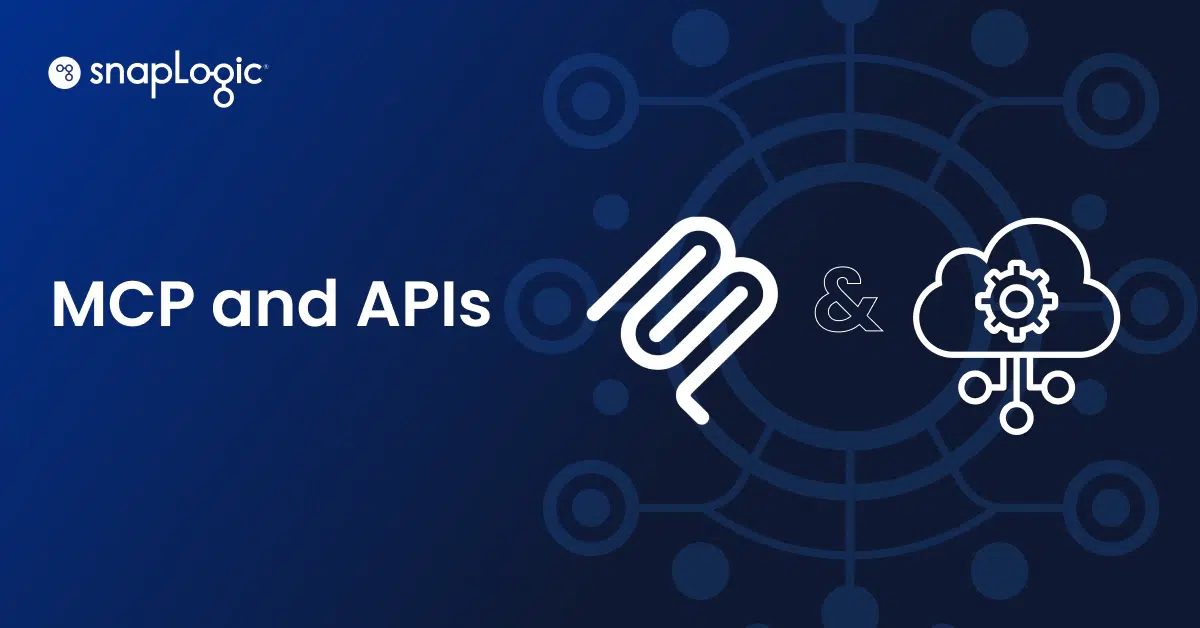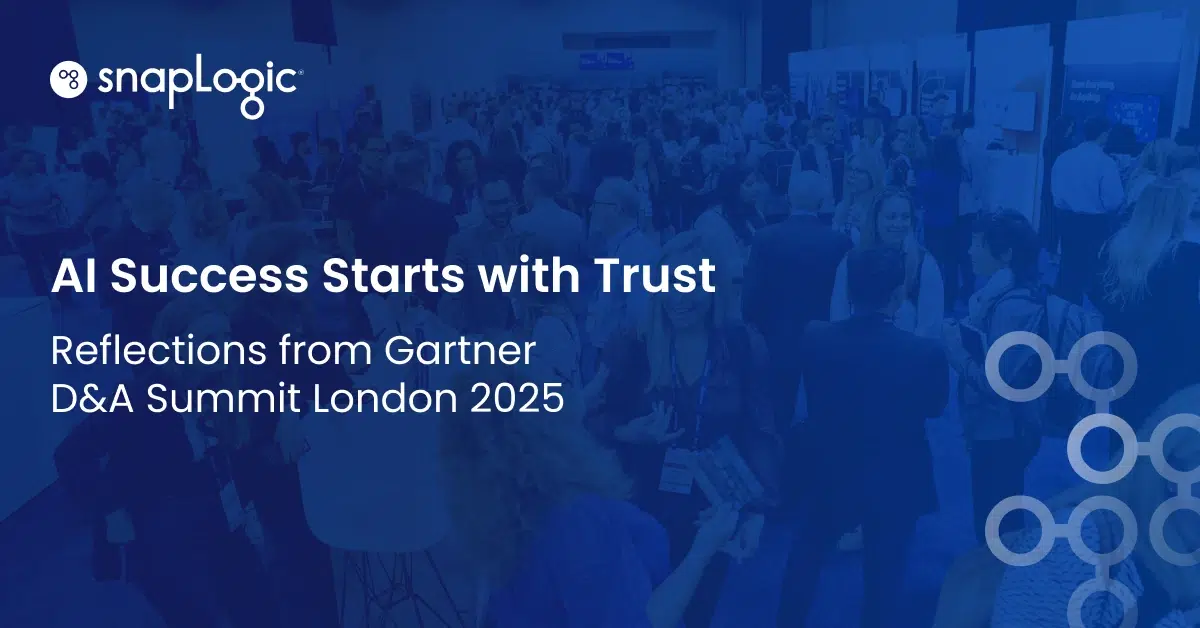Gartner Application Strategies and Solutions Summit, held in Las Vegas, is a great venue to understand enterprise IT trends and hear about the challenges and goals of IT leaders and enterprise architects. For those not familiar with the event, the annual show is one of the largest events dedicated to integration, application and architecture best practices. I learned a lot in the three full days of events, activities and speaking tracks, but I wanted to share the three most important things I distilled from listening to both enterprise IT leaders and Gartner experts.
Integration is critical to the modern enterprise
Integration should not be viewed as a necessary evil but rather as a business enabler. Today, many SaaS applications provide pre-packaged integrations. For some use cases, such as Marketo to Salesforce it works great, but for most, such integrations are inflexible, error-prone, and inadequate. If you want to foster innovation and increase agility in your organization, you need an integration platform and people who can build on that platform. Integrations help solve the following three use cases that are central to the success of any modern enterprise
- Make sure data is consistent across multiple applications/systems/ and/or data stores
- Automate multi-step business processes across multiple applications
- Create composite services and applications
Business insights that are delivered on time and are built on accurate data are critical to the modern enterprise. Organizations, therefore, need an integration platform that democratizes access and is versatile with any data, anywhere to make that process seamless.
I also want to give a big shout-out to Jonathan Howes, from Sony who talked about Sony’s digital transformation journey and how they delivered on their cloud strategy, with the help of SnapLogic, empowering Sony’s HR teams across the globe. Jonathan’s team was able to migrate from Sony’s global legacy HR solution to Workday in just 3 weeks with the power of the SnapLogic Intelligent Integration Platform.
The Future is the Composable Enterprise
Today almost every enterprise application is accessible via APIs. API-based access to application functionality accomplishes a lot, such as:
- Helping modularize application functionality
- Allowing organizations to embed some functionality inside custom applications
- Fostering workflow automation across disparate applications
- Enabling better collaboration and reuse with internal and external teams
- Opening up new channels of monetization with customers and partners
Many IT leaders I spoke with at the Gartner Summit had their data on-premises or had data residency requirements in a specific geography. Additionally, the number of SaaS applications a typical organization uses continues to grow. With these two opposing forces and ubiquity of APIs, organizations will look to build their own custom applications or interfaces that are composed of data from on-premises and cloud sources. Another way of saying that is this: Organizations and people will not rely on a single application suite but will look to curate an end-user experience from a plethora of applications and data sources by leveraging APIs and integrations.
Robotic Process Automation is just a band-aid
There has been a lot of hype about Robotic Process Automation (RPA) in the last year. RPA companies have raised an eye-popping amount of money from VCs. Some enterprises believe the hype and adopted RPA early, hoping they can automate repetitive enterprise tasks and reduce costs. But here what I uncovered about RPA solutions:
- RPA and iPaaS can work very well together. Organizations big and small have applications that span the spectrum from legacy yet critical to modern and efficient. RPA can help connect these legacy applications to modern SaaS applications so that organizations can get a unified view of the data regardless of where it resides.
- RPA solutions alone, in most cases, do not save costs because:
- It takes time to develop RPA solutions. RPA is often brittle when used with modern applications and interfaces which are evolving constantly.
- The focus of RPA is very narrow. It provides automation at the task-level, not at the process level. So you will still need a human or some other tool doing things that an RPA solution can’t do.
- You still have to pay for RPA software, which is not cheap. This is not often offset by the savings many RPA vendors estimate.
- RPA solutions are not a long term solution. It can help enterprises extend the life of a legacy tool or technology but there comes a time when it makes sense to modernize that tool. But in concert with a solid integration or BPM strategy, RPA can be an excellent solution to help mitigate your immediate architecture problems while you develop long term solutions.
It was great to hear from customers, partners, and colleagues alike. If you missed out on this year’s event, I hope that this summary helps. As you look to build your own composable enterprise and automate workflows, consider SnapLogic’s Intelligent Integration Platform (IIP), a unified low-code/no-code platform for application and data integration. See how it fits your integration needs by signing up for a free trial.











